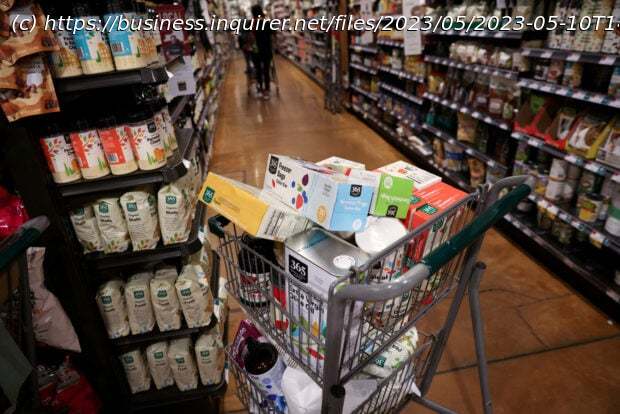Array
The annual increase in U.S. consumer prices slowed to below 5 percent in April for the first time in two years, while a key inflation measure monitored by the Federal Reserve subsided, potentially providing cover for the central bank to pause further interest rate hikes next month.
Nevertheless, inflation remains too strong, with the report from the Labor Department on Wednesday showing monthly consumer prices rising solidly because of sticky rents as well as rebounds in the costs of gasoline and used motor vehicles. The mixed report dashed financial market hopes that the Fed would start cutting rates this year to shore up the economy.
“Today’s consumer inflation report supports the case for the Fed to seriously contemplate a pause in rate hikes in June, but does not support any near-term rate cuts,” said ScottAnderson, chief economist at Bank of the West in San Francisco.
The Consumer Price Index (CPI) rose 0.4 percent last month after gaining 0.1 percent in March. The increase was in line with economists’ expectations. Stubbornly high rents accounted for much of the increase in inflation.
There were, however, pockets of relief for consumers. Food prices were unchanged for a second straight month. Grocery store prices fell 0.2 percent after decreasing 0.3 percent in March, posting back-to-back declines for the first time since July 2019. Fruits and vegetables, meat, fish and eggs were cheaper compared to March. Milk prices dropped 2 percent, the most since February 2015.
Natural gas prices tumbled 4.9 percent and the cost of electricity dropped for the second straight month, blunting some of the 3 percent jump in gasoline prices, which followed a 4.6 percent plunge in March.
The rebound came after Saudi Arabia and other OPEC+ oil producers announced further oil output cuts. But oil prices have since been largely trending lower, pushing gasoline costs down as risks of a recession have increased, because of the Fed’s punitive rate hikes, tightening credit conditions and an impasse over raising the federal government’s borrowing cap.
Домой
United States
USA — Financial US annual inflation slows to below 5%, price pressures still strong






